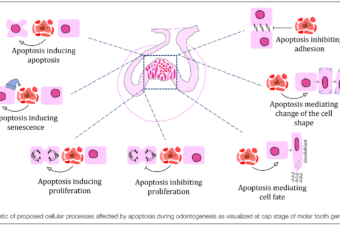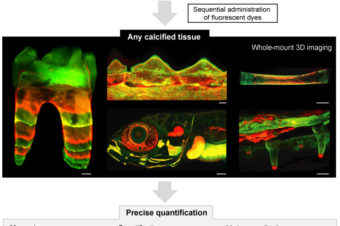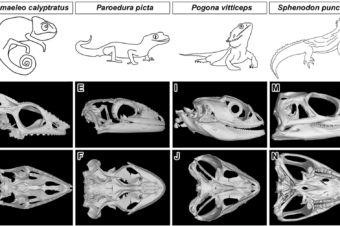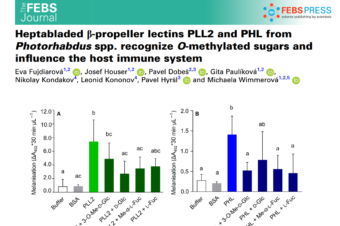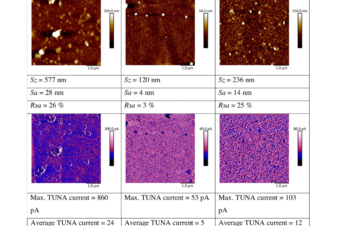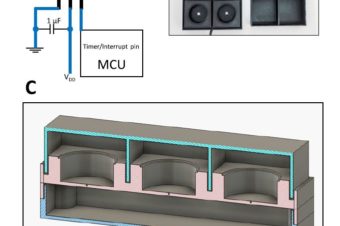The inhalation of metal (including lead) nanoparticles poses a real health issue to people and animals living in polluted and/or industrial areas.
In this study, we exposed mice to lead(II) nitrate nanoparticles [Pb(NO3)2 NPs], which represent a highly soluble form of lead, by inhalation. We aimed to uncover the effects of their exposure on individual target organs and to reveal potential variability in the lead clearance.
We examined
- (i) lead biodistribution in target organs using laser ablation and inductively coupled plasma mass spectrometry (LA-ICP-MS) and atomic absorption spectrometry (AAS),
- (ii) lead effect on histopathological changes and immune cells response in secondary target organs and
- (iii) the clearance ability of target organs. In the lungs and liver, Pb(NO3)2 NP inhalation induced serious structural changes and their damage was present even after a 5-week clearance period despite the lead having been almost completely eliminated from the tissues.
The numbers of macrophages significantly decreased after 11-week Pb(NO3)2 NP inhalation; conversely, abundance of alpha-smooth muscle actin (α-SMA)-positive cells, which are responsible for augmented collagen production, increased in both tissues. Moreover, the expression of nuclear factor κB (NF-κB) and selected cytokines, such as tumor necrosis factor alpha (TNFα), transforming growth factor beta 1 (TGFβ1), interleukin 6(IL-6), IL-1α and IL-1β , displayed a tissue-specific response to lead exposure.
In summary, diminished inflammatory response in tissues after Pb(NO3)2 NPs inhalation was associated with prolonged negative effect of lead on tissues, as demonstrated by sustained pathological changes in target organs, even after long clearance period.
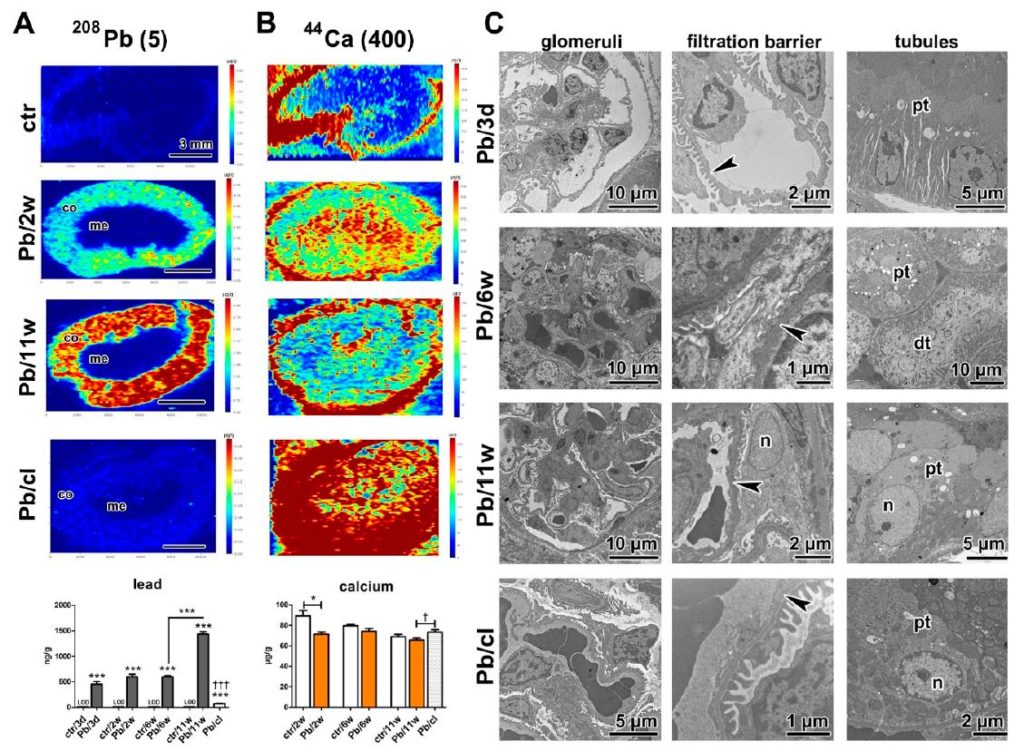
The effect of Pb(NO3)2 NP inhalation and its clearance on the kidney.
(A) Distribution of Pb in kidney samples using laser ablation inductively coupled plasma mass spectrometry (LA-ICP-MS) after Pb(NO3)2 NP inhalation. The control kidney was without Pb positivity, Pb was detected in kidney cortex (co) after Pb(NO3)2 NP inhalation but not in the medulla (me). After a 5-week clearance period, Pb was still present in kidney cortex. The graph of Pb level in the kidney at designated time points.
(B) Distribution of Ca in kidney samples using LA-ICP-MS after Pb(NO3)2 NP inhalation. The map of Ca exhibited higher distribution in kidney in Pb/cl group compared with the control and Pb(NO3)2 NP group. The graph of Ca level in the kidney at designated time points. Kidney Ca was significantly decreased after 2-week Pb(NO3)2 NP inhalation (* p
< 0.05) compared with the corresponding control group (ctr) and significantly increased in Pb/cl group († p
< 0.05) compared with the corresponding Pb(NO3)2 NP group.
(C) Analysis of kidney ultrastructure in the transmission electron microscope (TEM).
